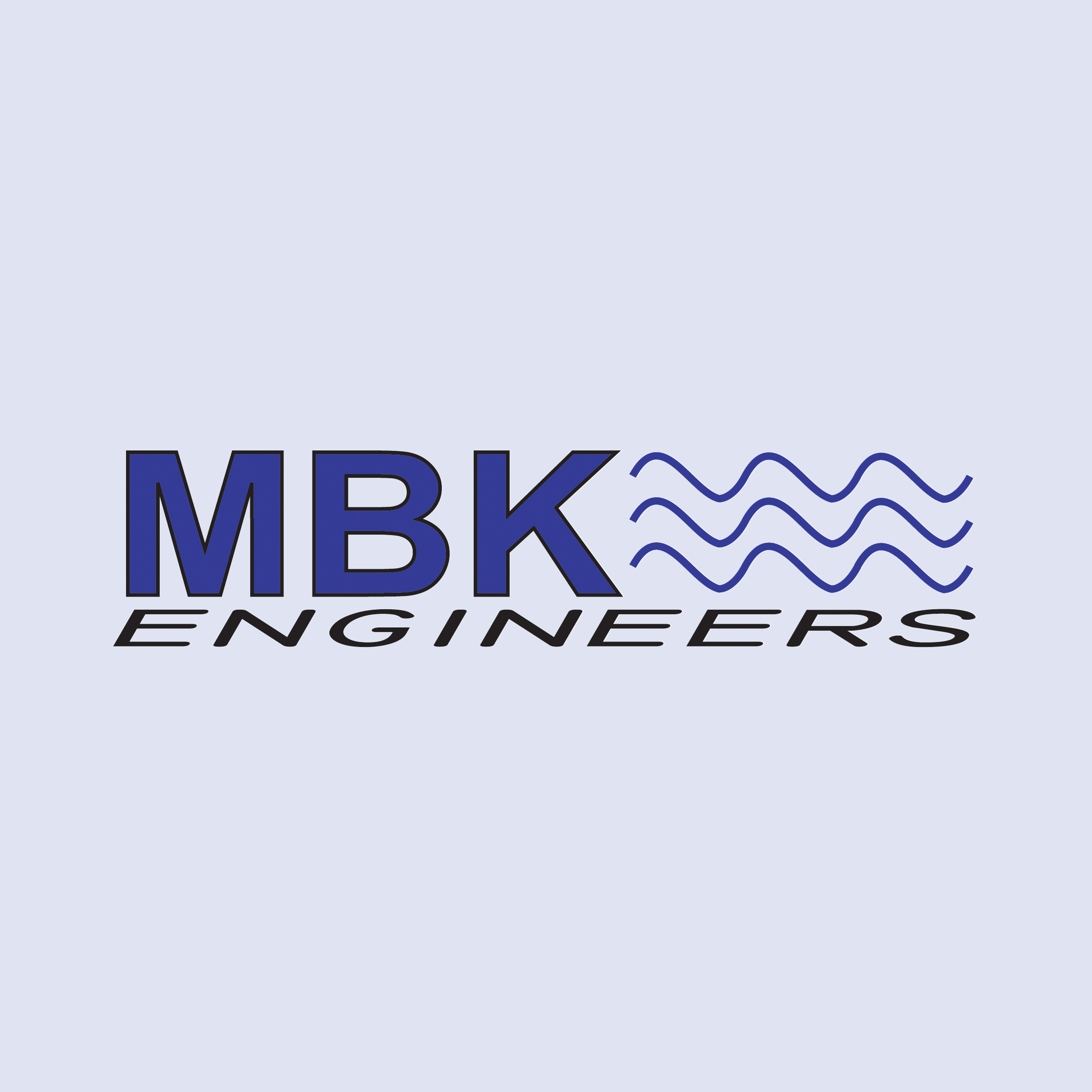What a model does
Computer simulation models are wonderful tools! They allow us to calculate things much more rapidly and process more information than we ever could manually. The advent of computer simulation models has paved the way for the advancement of our understanding in many water resources specialties. For example, the CALSIM model has allowed its users to understand system-wide operations and the impacts of proposed changes to operation of the Central Valley Project (CVP) and State Water Project (SWP) operations.
A computer simulation model is a tool that can be used to test hypotheses, to highlight underlying relationships, and to inform its users.
What a model doesn’t do
While a computer simulation model may be capable of many extraordinary things, it most certain cannot do any of the following unless it is explicitly instructed how to do so.
- interpret
- relate
- evaluate
- uncover
- discover
Models allow us to do things faster than we otherwise could. There is nothing inherently accurate or truthful about something, just because it comes from a model or just because we are able to get a result quickly. A computer is incredibly good at execution but is unable to formulate. A model must be formulated by a human and expressed in terms a computer can understand. In turn, the computer takes that formulation and can rapidly execute its instructions. A poor formulation fed to a computer simple allows a rapid return of a wrong answer.
Are computer models hampering our insight and understanding of the engineering fundamentals?
Computer simulation models don’t inherently do this. However, sometimes models are developed and executed prior to the development of the understanding of a system or insight to a problem. Again, this is ok, provided the analyst continues to seek that understanding and insight and doesn’t expect the computer model to magically do that for them. (Hint: It won’t.) When the analyst does not seek the additional insight, there is a tendency for the computer model to be used as a crutch.
Often times, I have heard that a formulated operational rule is not feasible because the computer simulation model of choice is unable to accommodate that specific type of logic. My response to this way of thinking is always to inform that person that we then must need a new model. The point is that our models should be working for us, not vice-versa. When this isn’t the case, we must push for model refinement or replacement.
What the future holds
The prevalence of computer simulation models to assist in problem solving is almost certainly going to increase in the future. This means that using them appropriately will be even more important. Failing to do so could facilitate losing touch with the fundamental problems we are trying to solve. Given the significant stake and increasing importance that our limited water resources will play in our future, this could be quite costly.
To help avoid this adverse course of action, we must make sure that we frequently ground our models in the reality they purportedly represent. We must make sure we mentor our next-generation modelers in a way which stresses quality before quantity. Fostering an environment of creativity and outside-the-box modeling solutions is a part of this. Not being afraid to push for, or even create, better modeling tools is another part. Behaving this way will allow us to better serve the water community and the larger community that depends on our precious water resources.


